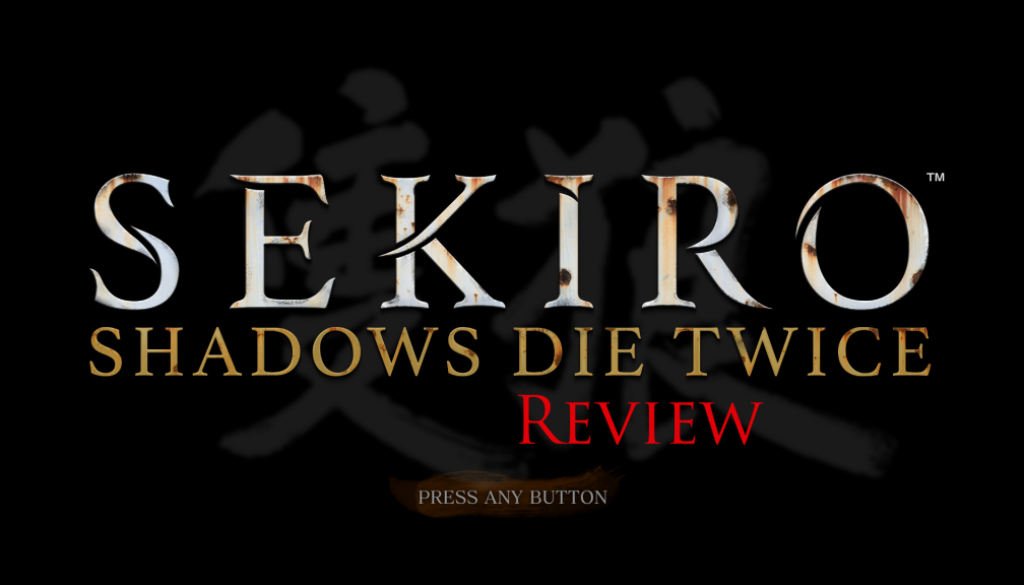The Setup
First off, Sekiro drops you in the role of The Wolf. A Shinobi, guardian of the child lord, Kuro whose arm is sliced off by a rival lord in the opening gameplay sequence when your character decides to fight him to protect Kuro. After this you awake some time later with a prosthetic arm that can be equipped with a variety of tools that you will use throughout the game. With just this information, there is already a significant amount more story handed to you than in previous FromSoftware titles (notably Dark Souls and Bloodborne).
The Mechanics
If you are familiar with the general fighting mechanics in previous Soulsborne games, Sekiro will feel extremely familiar. Still, in the same way that Bloodborne introduced new mechanics that were distinctively unique when compared to Dark Souls, Sekiro has plenty of its own that make it stand out from the others. For starters, this time you have a legitimate jump button that is not tied to the run button, as well as a grappling hook that adds an entire new layer to the way you move around the game world. Though if you are used to either Dark Souls or Bloodborne, it may take some getting used to the idea that you can jump during fights and escape rather easily if you need a moment to catch your breath. Another major change you will find is that there is no option to customize your gear or armor. In place of this however, are a wide and varied selection of prosthetic tools and skills for those as well as passive and active combat skills for your sword.
The Flair
Sekiro: Shadows Die Twice takes place in a re-imagined Sengoku period Japan. Locations are still pretty varied though. At one time I was in an open countryside approaching a large and imposing tower and the next thing I knew, I was deep underground in a dark and frightful dungeon with all sorts of hideous creatures! Graphical quality is also stunning and makes the wonderful creativity of these locations really come to life. I’ve heard that consoles don’t do justice to the visual quality, but I played on my custom PC and it looks beyond incredible. What really brings it home though is the sound design. The intense music blends seamlessly with the fantastic clash and clang of swords striking each other as you attack and counter enemies. There is a satisfying punch every time you deliver a deathblow to these enemies as well as experience the blood gush from their bodies. Every aspect of the sights and sounds of this game screams Samurai film.
Final Thoughts
I loved my time playing Sekiro: Shadows Die Twice. From the first time the game was shown off, I was excited, but scared about how punishing my experience would be. Imagine my surprise when everything felt simple and intuitive, but still extremely challenging. Even when I played with a mouse and keyboard, the controls just felt natural. The point gets in that every defeat was because you did something that you should not have done or you just did not do it good enough. But you take that and you go right back into the fight knowing better what you can do to win. This is another game where taking the time to learn about you enemies is key, and trust me, there are a lot of different types of enemies in this game. I have personally found it difficult to write things that I am disappointed with in this game, but I guess I just enjoy what this game delivered. Not everybody will enjoy it, but if you enjoyed the offensive play style of Bloodborne then you will for sure appreciate the quick and aggressive approach that is demanded from you in Sekiro.
Watch the video review: https://www.youtube.com/watch?v=XxFfssjqiGY
Written by Hunter Raffety




